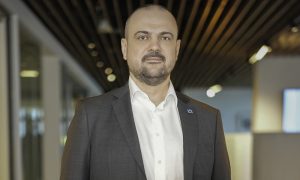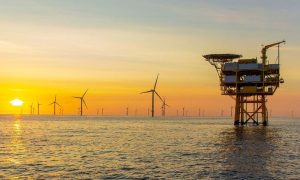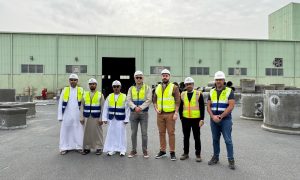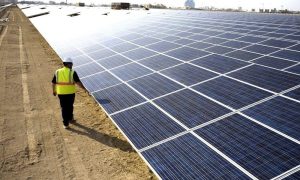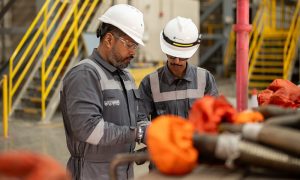CAT announces engine de-tiering programme
Larger engines need no modification for Middle East application

Caterpillar has announced its strategy for enabling customers in developed markets to export their machines for resale and use in markets including the Middle East, Africa and Asia, where fuel quality is lower, including high sulphur content.
Concerns about exporting engines equipped for the new cleaner air emission standards in Europe and North America is a major concern for the construction machinery industry as a whole, since being unable to export used machines to developing markets would significantly impact on their residual values.
Newer emission engines are typically required to use diesel with sulphur content less than 10 parts per million (ppm), while in the Gulf most markets, including the UAE, sell diesel with 50ppm, while in Saudi Arabai sulphur content can be as high as 500ppm. Longer term there are plans to sell low-sulphur diesel in the Emirates.
Now, following a process of extensive testing, analysis and field validation, Caterpillar has anounced that Tier 4 Interim engines between 130kW and 895 kW (7-32 litre engines) will not require any modification for export to lesser regulated countries (LRC).
For its smaller engines, with output 130kW and below, the company will offer an “authorized modification processes,” removing aftertreatment from machine and commercial engine configurations.
Modification processes, which includes decertification, will be made available to customers in lesser regulated countries through their local Cat dealer beginning in 2014, meaning that buyers of used machinery will then have the engine de-tiered after purchasing.
“Tier 4 used equipment migration is a complex issue,” said Ramin Younessi, vice president, Industrial Power Systems Division. “Because Caterpillar serves customers in all markets, we develop products to meet the needs of customers in all types of regulatory environments. For example, all non-road equipment operated in the US, Canada, Europe and Japan must operate on ultra-low sulfur diesel fuel.
“When equipment developed for certain markets, like our Tier 4 equipment, moves to different markets, it adds challenges for Caterpillar, our dealers and our customers. Challenges arise due to diverse emissions regulations, the need for dealer readiness training and the need to help customers understand how to operate and maintain these next generation products. Most importantly, customers contemplating the purchase or modification of used Cat Tier 4 products need to understand and comply with their local regulatory requirements.”
Younessi added, “With the migration strategy, we’re looking forward, ahead of the Tier 4 Interim products that are already finding their way overseas to lesser regulated countries. Tier 4 Final products won’t be far behind the Interim products, which is why the strategy we’ve developed focuses on a solution for today’s customers—and for future customers.”
Beginning with Cat dealers in locations Caterpillar has identified as higher probability recipients of used Tier 4 equipment, the company is preparing dealers to support the migration of used equipment to lesser regulated countries.
These dealers will have access to service training, parts stock, service tooling and product information, including detailed information on specific product availability.
News that Cat has a process for rexporting Tier 4i engined machines is also likely to benefit other OEMs who use Perkins engines, a Caterpillar wholly-owned subsidary.









